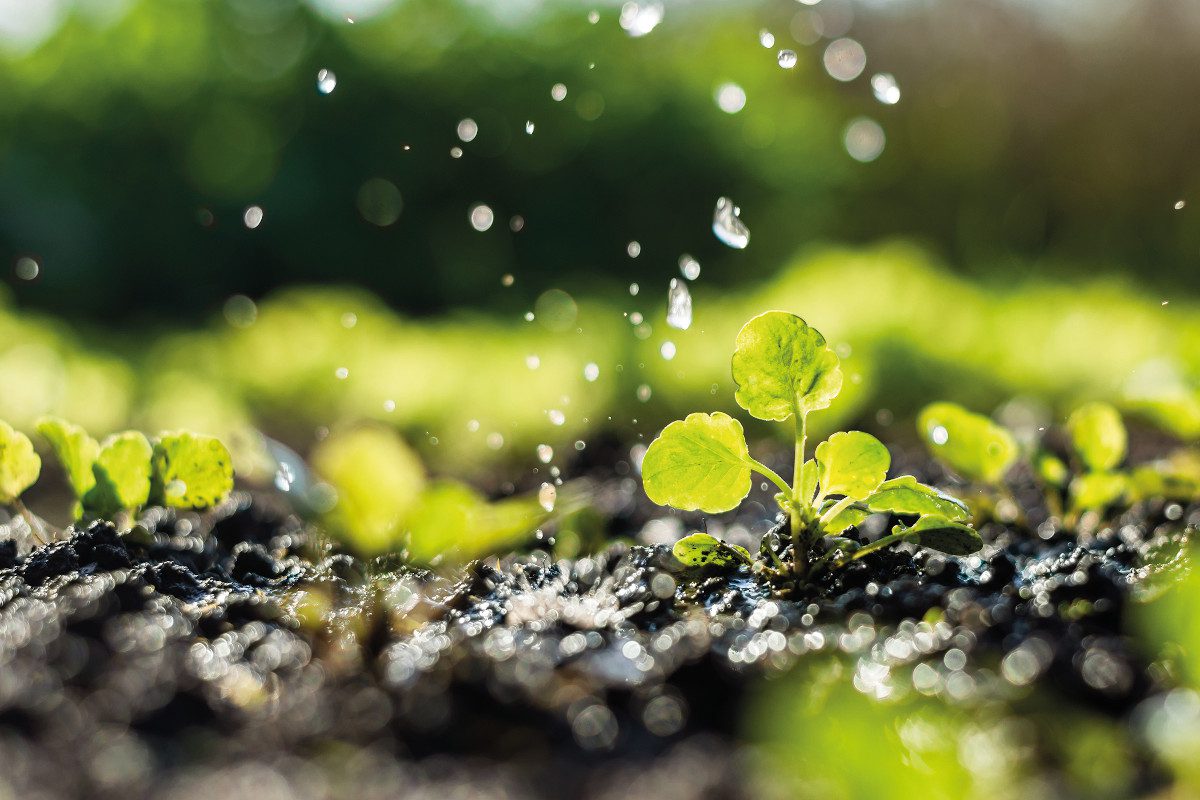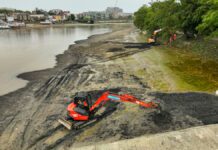
Irrigation for agriculture accounts for about 70% of freshwater use worldwide, and is a large contributor to global water shortages. New research from Utrecht University, University of Amsterdam and KWR Water has seemingly found a way to meet this water demand. The researchers suggest using wastewater in underground irrigation systems, killing two birds with one stone by meeting water demand whilst purifying the waste water. According to the study, up to a quarter of the Netherlands’ agricultural water needs can be met by using this method.
“Waste water treatment plants discharge large volumes of water that decrease the quality of limited fresh water resources,” says Dominique Narain-Ford, PhD candidate at the Copernicus Institute for Sustainable Development, and lead author of the study. “When you use this water in traditional direct, aboveground irrigation methods, fieldworkers and crops come into direct contact with contaminated water. This can pose serious health risks.”
Using soil as a filter and buffer
At the moment, treated domestic wastewater is mostly directly discharged into surface waters such as rivers and lakes. Conventional wastewater treatment plants are unable to remove many micropollutants. This means that treated wastewater contains pharmaceuticals, antibiotic-resistant bacteria and a wide range of other chemicals. This discharge particularly poses a problem in the summer: when irrigation demand is high and flow is low, small surface waters can consist primarily of treated wastewater. Water from these streams is in many cases directly applied to crops by sprinkler irrigation, resulting in the unintentional exposure to human pathogens and other micropollutants.
When the wastewater is used in underground irrigation instead, these problems can be circumvented, as wastewater does not come in direct contact with fieldworkers and crops. “In addition, when we reuse treated domestic wastewater underground, it is purified by the sub-soil through filter, buffer and break down processes,” Narain-Ford explains. Therefore the spread of chemicals and microbes is reduced and the quality of surface water may in return improve.
The Netherlands as a case study
The researchers used The Netherlands, densely populated with 1.9 million hectares cropland and well distributed sewage treatment plants across the country, as a case study. In the Netherlands, the yearly irrigation water demand is about 7 to 13 percent of the yearly water waste.
“In underground irrigation systems, about a quarter of the country’s agricultural water needs can be met by using waste water during an average season, and 17 percent during a dry season,” Narain-Ford said. “This is because, though less water is lost to evaporation, using underground irrigation requires more water than aboveground irrigation, because the groundwater needs to be raised to a certain level before it can reach the crops.”






